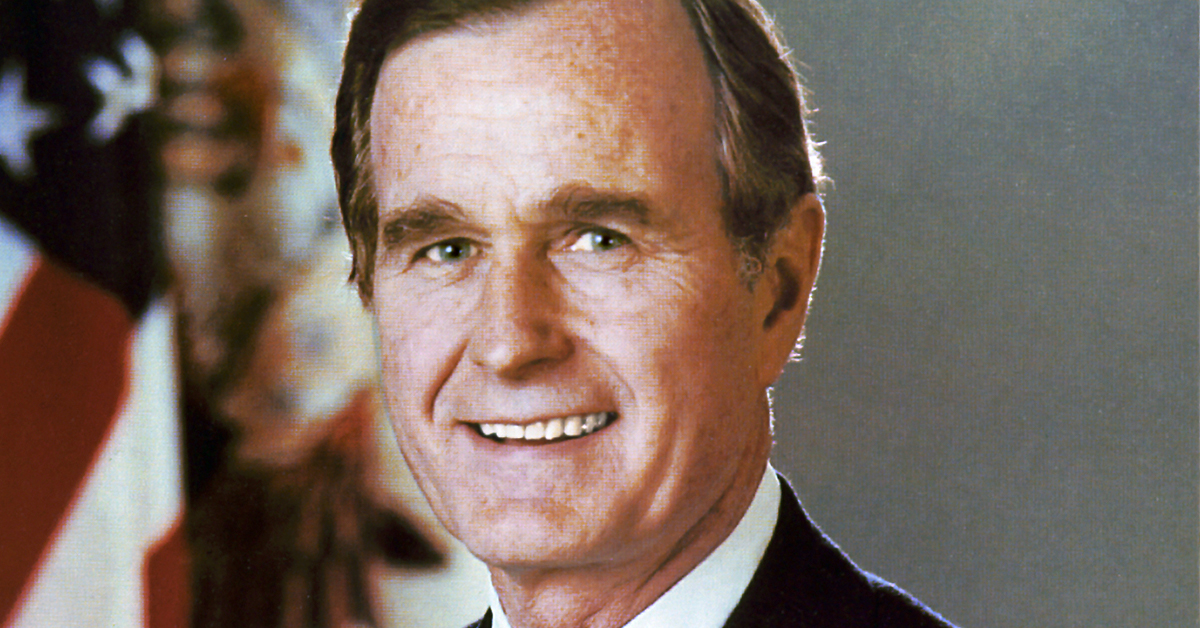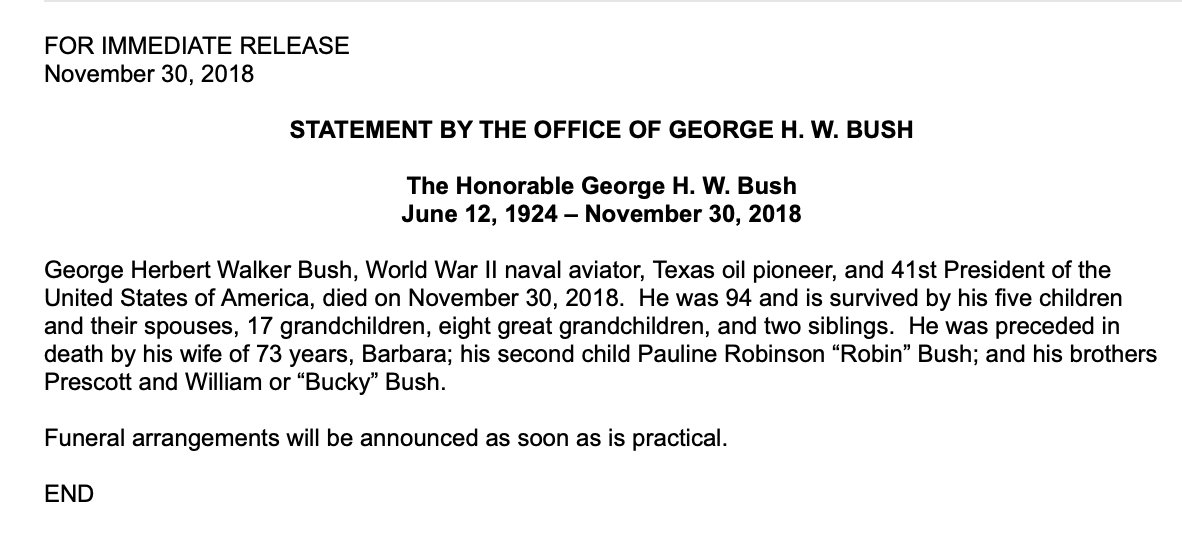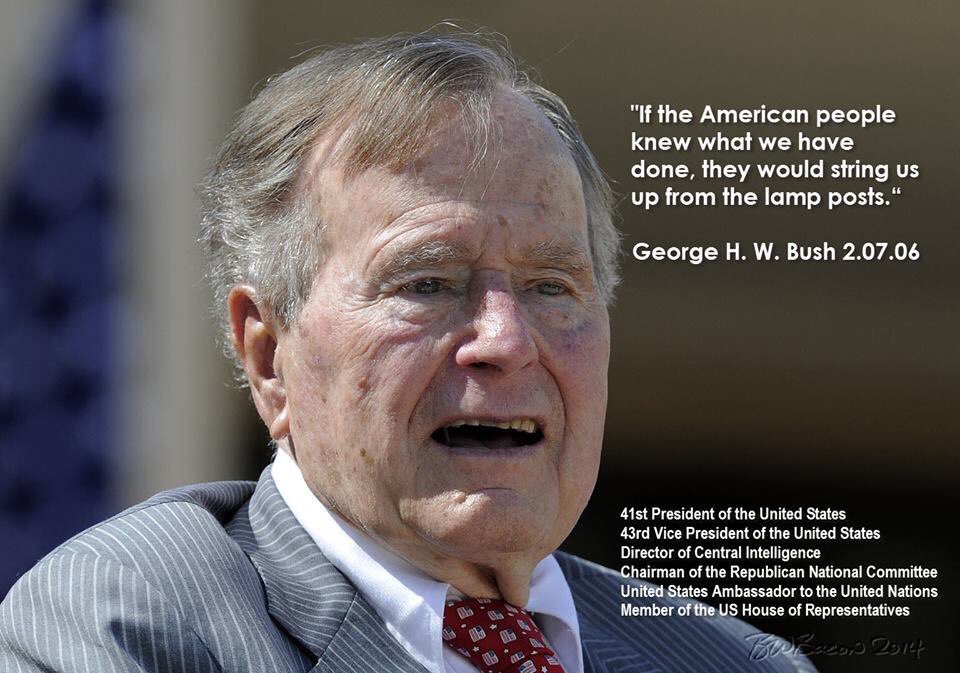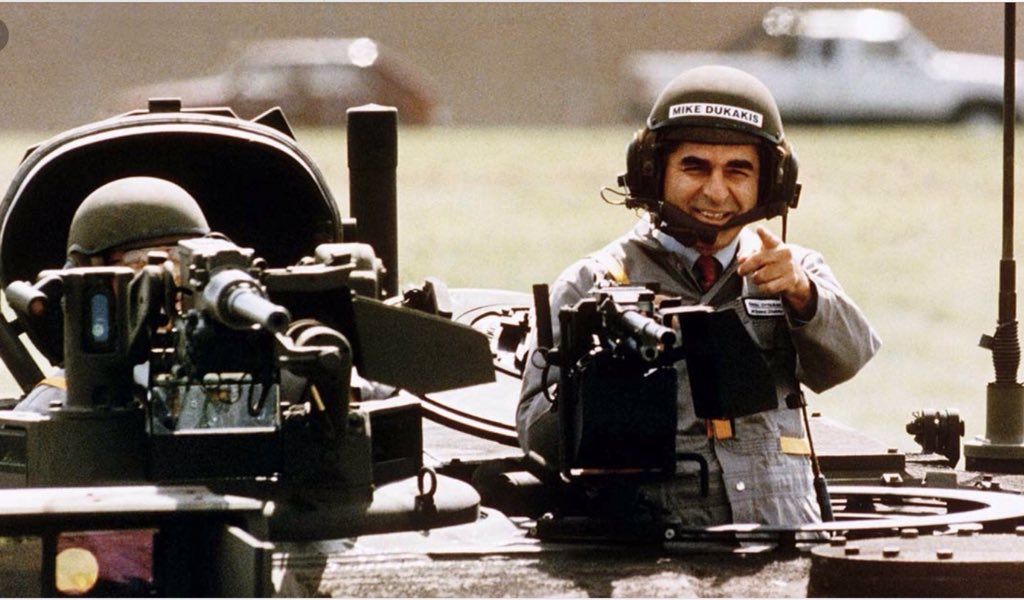As legal scholar Francis Boyle has documented, soon after the 1988 termination of the 8 year Iraq-Iran War, the Pentagon began planning the destruction of Iraq. In October 1990, Colin Powell referred to a new military plan for Iraq developed the year before.
In early 1990, General Schwarzkopf told the Senate Armed Services Committee of this new military strategy in the Gulf and to protect U.S. access to and control over Gulf oil in the event of regional conflicts, and after the war, he referred to eighteen months of planning for the campaign as Commander of the U.S. Central Command. During January of 1990, massive quantities of United States weapons, equipment, and supplies were sent to Saudi Arabia in order to prepare for the war against Iraq.
The Bush 41 administration gave Saddam a green light to Invade Kuwait, then used it as an excuse for invading Iraq
Much debate surrounds the true content of the meeting between Saddam Hussein and Ambassador April Glaspie on July 25, 1990. But Glaspie’s own cable, released by WikiLeaks almost a decade ago and long available at the Bush Library and on the website of none other than Margaret Thatcher, paints a picture of a government with a two-faced foreign policy. Saddam complains that “certain circles” in the U.S. government were antagonistic to Iraq and Glaspie agrees, though with confidence and apparent sincerity she assures him of the “friendship” and “non-confrontational” agenda of the President and Secretary of State. In another follow-up cable four days later, Glaspie reports on her July 28 meeting with Iraqi Foreign Minister Tariq Aziz, in which he complains of the U.S.’s increasingly provocative actions and Glaspie herself seems increasingly frustrated. She writes that it is important not to hit Iraq with “bolts out of the blue” such as cessation of U.S. exports, which has come as a
surprise even to her. In both cables, it’s now clear, Glaspie was presenting the official friendly position of the George W H Bush administration, just as behind the scenes, government hawks were preparing a war.
In her July 29 cable, Glaspie offers the State Department advice on handling the matter, including keeping a low profile and reminding colleagues as she had Saddam in the earlier meeting that “we have never taken substantive positions on inter-OPEC or Arab border disputes”— which was the matter at hand. In her earlier cable, Glaspie wrote that Saddam made clear that “if Iraq is publicly humiliated by the United States it will have no choice but to ‘respond,’ however illogical or self-destructive that would prove.” She advises the State Department not to make him lose face.
Glaspie was not the only official to express this laissez-faire position. On July 26, at a Washington press conference, State Department spokeswoman Margaret Tutweiler was asked by a journalist if the U.S. had sent any diplomatic protest to Iraq for putting 30,000 troops on the border with Kuwait. “I’m entirely unaware of any such protest,” Tutweiler replied. On July 31, Assistant Secretary of State for Near Eastern Affairs John Kelly testified to Congress that the “United States has no commitment to defend Kuwait, and the U.S. has no intention of defending Kuwait if it is attacked by Iraq.”
The war’s stated intention was to remove Iraq’s presence from Kuwait. But quickly, that intention changed to destroying Iraq. The air and missile attack of Iraq continued for 42 days, dropping more bombs in that brief period than bombs in all wars in history combined. Iraqi aircraft and anti-aircraft or anti-missile ground fire offered no resistance. The aerial and missile bombardment in a matter of hours destroyed most military communications and over the course of the next few weeks attacked Iraqi soldiers who were unable to secure food, water, and equipment due to this breakdown. Some 100,000 Iraqi soldiers died, according to General Schwarzkopf, most of whom were incapable of fighting.
Mosques, homes, schools, hospitals markets, commercial and business districts, factories, office buildings, vehicles on highways, bridges, and roads were common targets. Though estimates of civilian deaths during the war range from 25,000 to over 100,000, all count children at above 50% of the immediate casualties. And after 6 weeks, the most sophisticated of Arab states was in ruins.
By most accounts, at least one hundred thousand people died soon after the war from dehydration, dysentery, malnutrition, starvation, and illnesses, from contaminated water, starvation, and exposure to impure water, hunger, cold, and shock. In the period between the end of Desert Storm and the start of Operation Iraqi Freedom, the degraded environment and sanctions led to the death of an estimated million more, half of them children. Medicines, food, baby formula—these were among the essentials kept from the Iraqi people in the initial and ensuing stages of the war against Iraq. And they were among the essentials that sanctions under both Bush Presidents and Clinton kept from the Iraqi people, constituting Nuremberg Crimes Against Humanity and the Crime of Genocide under international and U.S. law, according to legal scholars.
5. Under Bush 41, a system of censorship hid the true nature of the war and its aftermath from the public
In the lead-up to war, U.S. media organizations, with rare exceptions, had begun to back away from investigative reporting and journalistic scrutiny. Once the war began, government censorship combined with this self-censorship produced a media blackout. The restrictions on the press were tighter than during any earlier American war. Journalists could not travel except in pools with military escorts, and even then most sites were off-limits. Department of Defense guidelines stated that stories would not be judged for “potential to express criticism or cause embarrassment,” but journalists weren’t taking any chances. When news anchors weren’t hosting retired generals and pundits, or screening eerie green images of the coordinates of the day’s targets, they were praising the military on a job well done.
Al Qaeda was founded in 1988, but the 1991 Gulf War fueled sprung it into action. Bin laden, whose billionaire construction family was closely tied to the royal family, was furious that the the royal family welcomed U.S. troops into the country, sullying the holiest Muslim sites with their presence. Once the war started, his outrage grew that the royal family was allowing the US to stage its brutal attacks on Iraqi soldiers and civilians. His public criticism of the royal family led to his expulsion in 1991. In his exile in Sudan, with the hundreds of millions of dollars he brought with him, he built his organization, and planned jihad.
Al Qaeda’s first bomb attack occurred in December 1992 at the Gold Mihor hotel in Aden, where two people were killed. Two months later they made their first attack on the World Trade Center, detonating a 500kg bomb that killed six and injured thousands.
Osama bin Laden’s 1998 fatwa, often quoted in the media, declares that “killing Americans and their allies—civilians and military—is an individual duty for every Muslim who can do it in any country in which it is possible to do it.” Less quoted is the part of the sentence that references the 1991 Iraq War--” in order to liberate the al-Aqsa Mosque and the holy mosque [Mecca] from their grip, and in order for their armies to move out of all the lands of Islam, defeated and unable to threaten any Muslim.”
Seymour Hersh’s 2000 New Yorker article “Overwhelming Force” exposed the Highway of Death, the corral and massacre of retreating Iraqi soldiers Two days after the UN and Soviet brokered ceasefire and the day before peace talks were to begin, Hersh tells us, two-star General Barry McCaffrey overrode his division commander and ordered his 24th Division to engage in an all-out attack on a retreating Republican Guard tank division on their way back to Baghdad. As Hersh describes it: “Apache attack helicopters, Bradley fighting vehicles, and artillery units from the 24th Division pummeled the five-mile-long Iraqi column for hours, destroying some seven hundred Iraqi tanks, armored cars, and trucks, and killing not only Iraqi soldiers but civilians and children as well.” There were no U.S. casualties on what came to be called the Highway of Death. Lieutenant General Ronald Griffith, commander of 1st Armored Division of VII Corps, told Hersh that the Iraqi tanks were facing backwards, atop a trailer truck taking them to Baghdad. “It was just a bunch of tanks in a train, and he made it a battle,” Hersh reports Griffith saying, but McCaffrey “made it a battle when it was never one. That’s the thing that bothered me the most.”
Several notorious massacres since Bush 41’s Gulf War have been committed by Gulf War Veterans, some whose brains have been severely damaged from exposure to toxic chemicals and/or trauma







